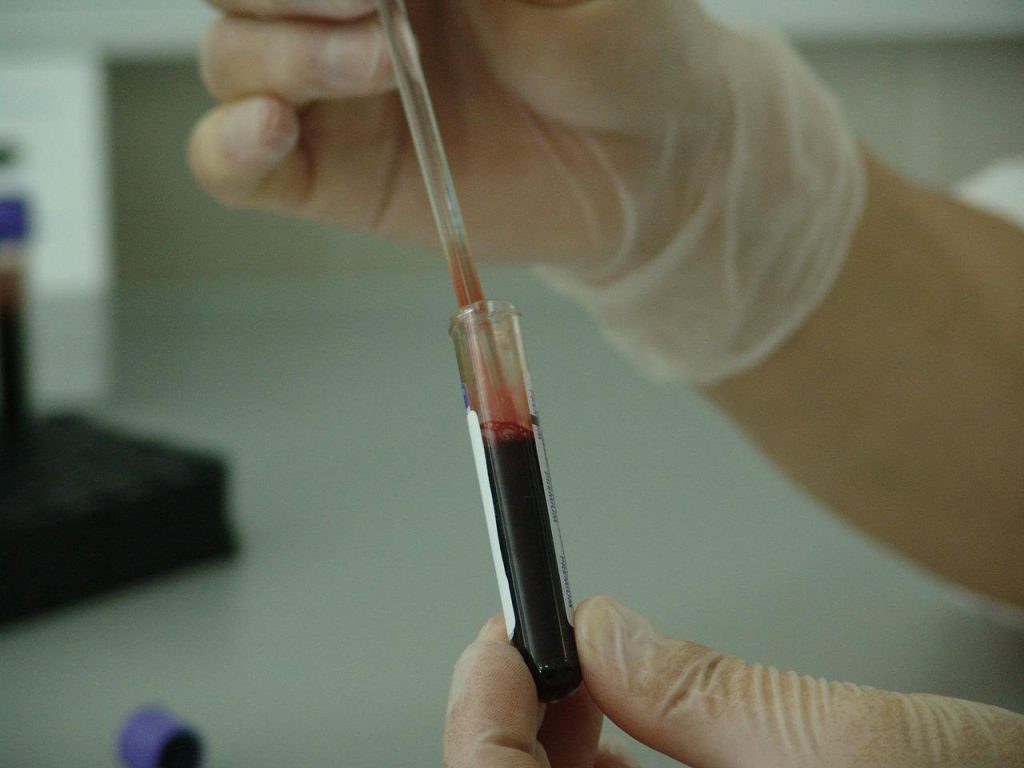
Image Credit: Pixabay
By Saul Roth
DNA testing has led to many breakthroughs in solving old cases. The use of genetic genealogy allows investigators to identify suspected relatives who may hold valuable information about a crime, which helps lead them straight towards suspects.
The Golden State Killer is one of many serial killers who have been active in the United States. He terrorized California for over 40 years before he was caught, leaving victims with no DNA to use as evidence because it had been destroyed by law enforcement during officer convenience searches at crime scenes or when suspects committed suicide after being arrested. The show “The Genetic Detective” explores this process from both sides: solving crimes through genetics and trying murder charges against individuals whose relatives were found guilty even though they didn’t commit any wrongdoing themselves.
The use of DNA at crime scenes is becoming more commonplace, but how does it work? When an individual’s sample from the scene has been matched with other samples taken during criminal proceedings they will be identified as suspects. This technique goes by names such IGG (sometimes referred) and can provide evidence in court cases because there are no matching databases available like GEDmatch which means these tests only identify relatives; not ancestors.
When a person’s crime scene DNA goes into CODIS, they are contributing to an already extensive database that includes both criminals and innocent people.
A second thing needed for genetic genealogy research is the uploading of all your personal information onto one website so it can be securely stored during this process, which may take anywhere form six months up to indefinitely, depending on how much additional data you wish others yo copy from their files as well.
DNA samples are uploaded into the system, and if no matches are found then they remain stored for future searches. At this point investigators may decide to pursue IGG in order identify a suspect who committed an additional crime or did not commit any crimes at all.
DNA is the key to solving crimes, but it can only be used when there’s an exact match.
The process of finding close matches for a crime scene DNA profile uploads it to public databases. Once uploaded, the “kit” is compared with every other user’s in these listings and ordered by how much they share genetic material on their own personal samples, which helps law enforcement identify criminals who might have been otherwise overlooked or unidentified before now, because there was no known match available through traditional methods such as wanting just three dots between you two – four parents would be enough.
The AncestryDNA, MyHeritage and 23andMe DNA testing companies do not allow law enforcement to upload their data. This is where the genealogist will know almost immediately how big a project they are working on. If there are several close matches with people who also match each other at similar levels; it can become quite simple then,
The process of finding cousins can be complicated. If the top matches are third or fourth cousin level, then it’s far more involved because one has to build out these family trees in order find where they converge with their own genealogical tree.
Building out a 2nd cousin’s tree may take less time than working on an even closer relative such as someone who is 5th cousins+ via vestigial inheritances.
What is the algorithm that matches people up? It’s actually really complicated, but it forms a way to break down your network into distinct groups or “clusters.”
The genealogist works one cluster at a time, going back in time and building out each person’s tree to identify their common ancestors.
The first step of genealogical research is usually to find the strongest match, which will give you an idea on how many generations back your tree needs be in order for it all make sense.
The Shared Centimorgan Project is a method used by genealogists to see if two people have any relation, whether they’re cousins or not. The project uses DNA as evidence for suggesting possible relationships and eliminating potential ones through testing against other databases than just your own personal one.
The genealogist must make sure all relationships in a cluster are viable before moving onto the next one. Once that’s done, they can repeat this process until every relationship is verified and accounted for.
The genealogist has now determined that there are two distinct clusters. They must figure out how these groups connect to one another and the common ancestral couple from each group, which is where descent research comes into play.
As the research comes forward in time to build out this entire family tree, it is possible for us now see how our suspect’s ancestors were related not just at their core but also down through every generation until they became old enough themselves.
Various genetic genealogy tools can be used to help law enforcement identify suspects. But, as it only points them in the right direction once their DNA matches what’s at scene of crime – an arrest depends on traditional investigative methods like interviewing and examination of evidence left behind by criminals themselves.

Recent Comments